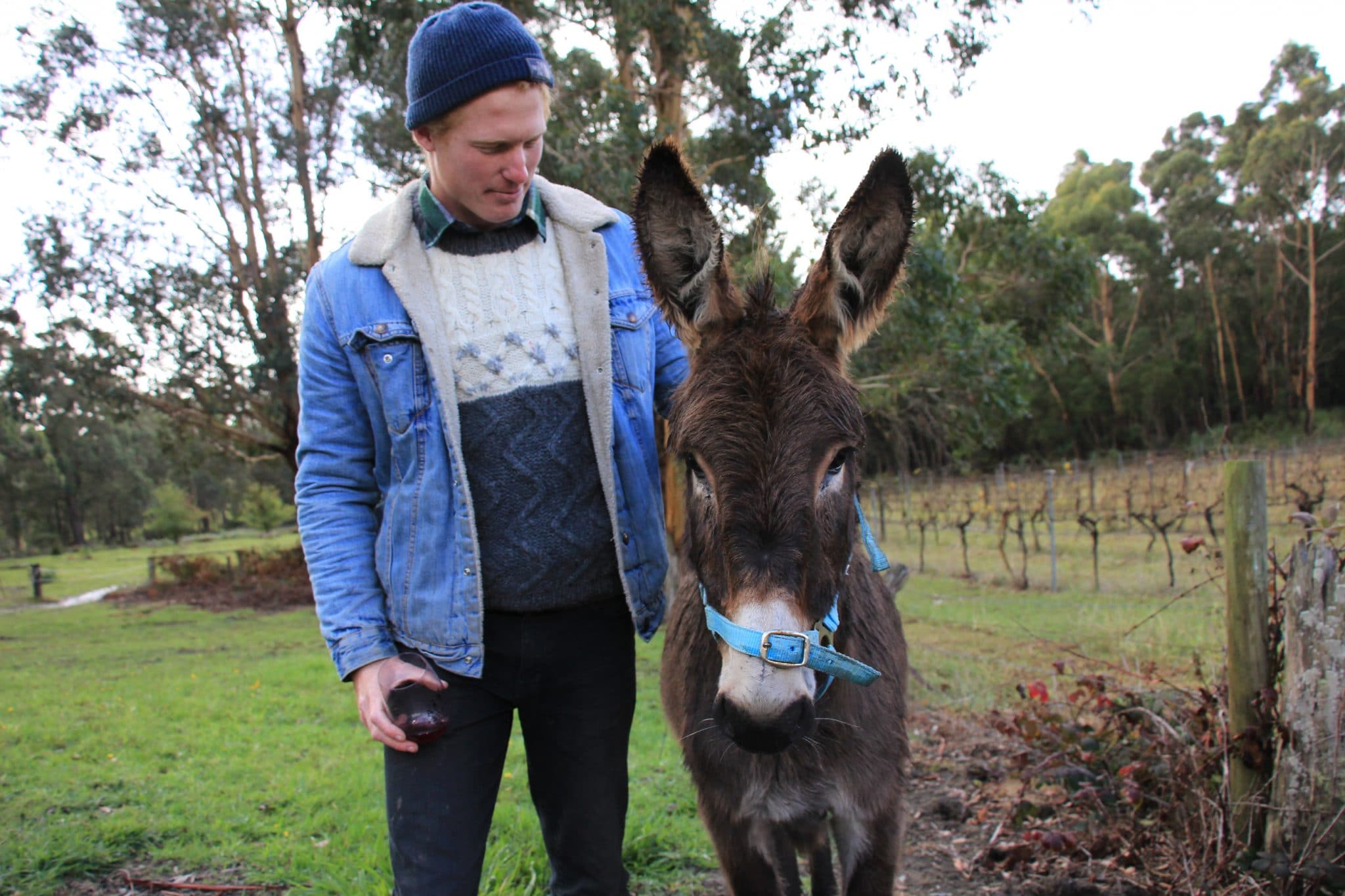Another blow has been dealt to longevity of coffee production as World Coffee Research announced on Friday that a once leaf rust-resistant coffee variety no longer is.
In a press release issued Friday, WCR announced that Lempira–a variety of coffee planted across Honduran coffee farms in 2012 because of its resistance of leaf rust, or roya—has been confirmed to be vulnerable to leaf rust after discovering incidents of the disease on farms as well as on mother plants at the Instituto Hondureño del Café, the Honduran national coffee institute.
According to the press release, there are two possible explanations for Lempira’s newfound vulnerability:
One is that a known rust race traditionally present in Honduras may have mutated and overcome Lempira’s resistance. It is also possible that a race of rust not previously present in the country has moved into the region. Researchers and breeders have been concerned for years about both possible scenarios emerging in Central America.
The statement notes that there are “dozens of rust races that affect coffee globally” and that no coffee variety is resistant to all races. Races I and II have typically plagued Central America, but more tests are required to discern whether this is a mutated version of roya common to Honduras or if this is a known race that has migrated. Collected rust spores have been sent to Portugal for identification, but the results aren’t expected back until August.
In the meantime, Word Coffee Research will be meeting with experts from the region at the end of this month to come up with a plan of action moving forward, both locally and globally.
Neither possibility bodes particularly well for the health of coffee production, and there are more questions than answers at this point. If you’d like to help, please consider donating to World Coffee Research via their website here.
Zac Cadwalader is the news editor at Sprudge Media Network.




























